Stepping up: Middle Eastern designers emerge as a united force in Dubai
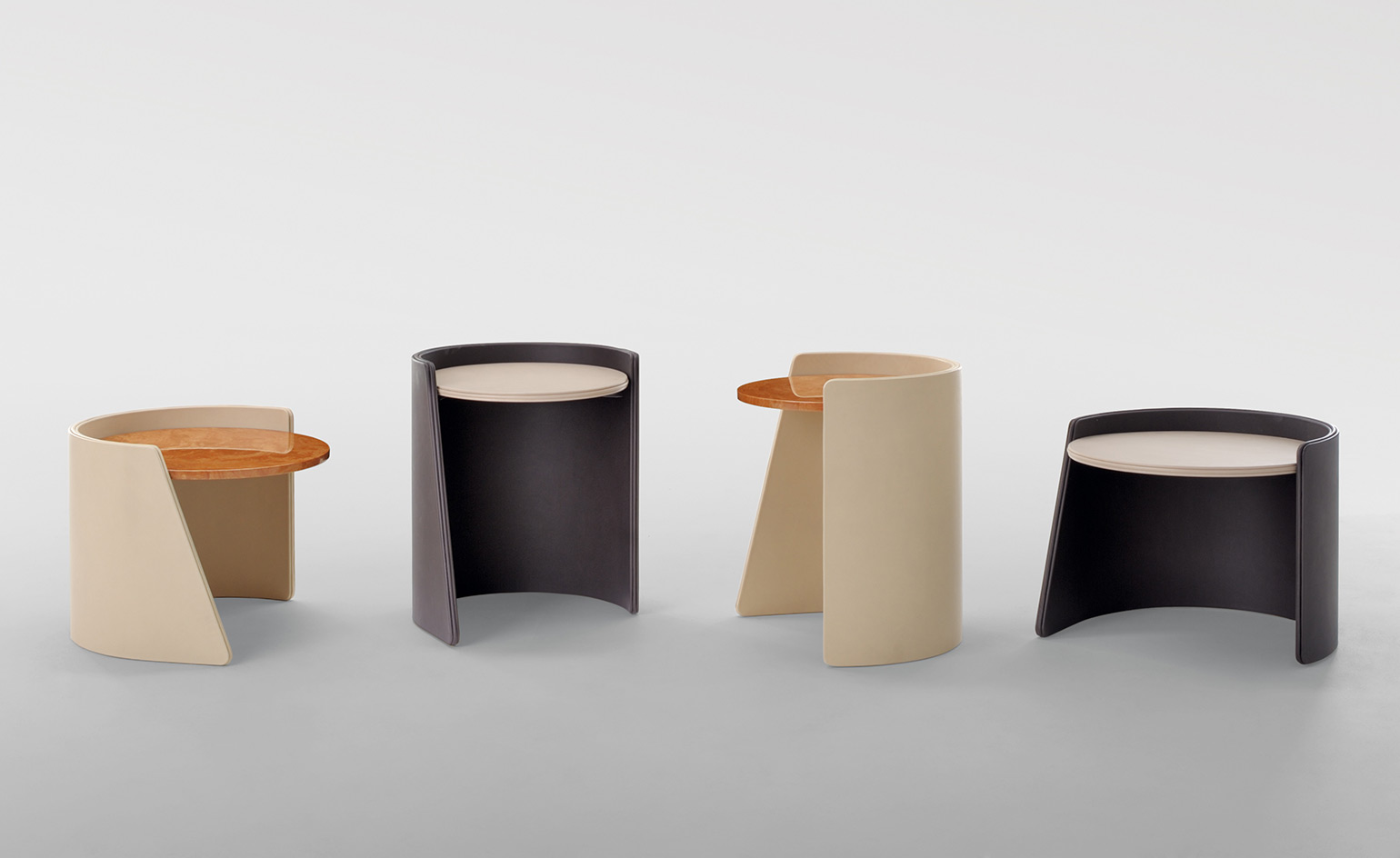
The second edition of Dubai Design Week – DXBDW – the umbrella of which spans the longer-standing commercial trade fair Downtown Design, has now firmly taken root at the burgeoning Dubai Design District, d3. Developing since its inaugural outing last year, Dubai Design Week and its curators continue to support talent from the entire MENASA region as well as bringing in the international community via the largest grad show in the world – entitled Global Grad and featuring 150 students from 50 international colleges – and other design 'weeks' invited to partake in a capsule manner, this year embracing sub Saharan Addis Ababa and Beirut to name but two.
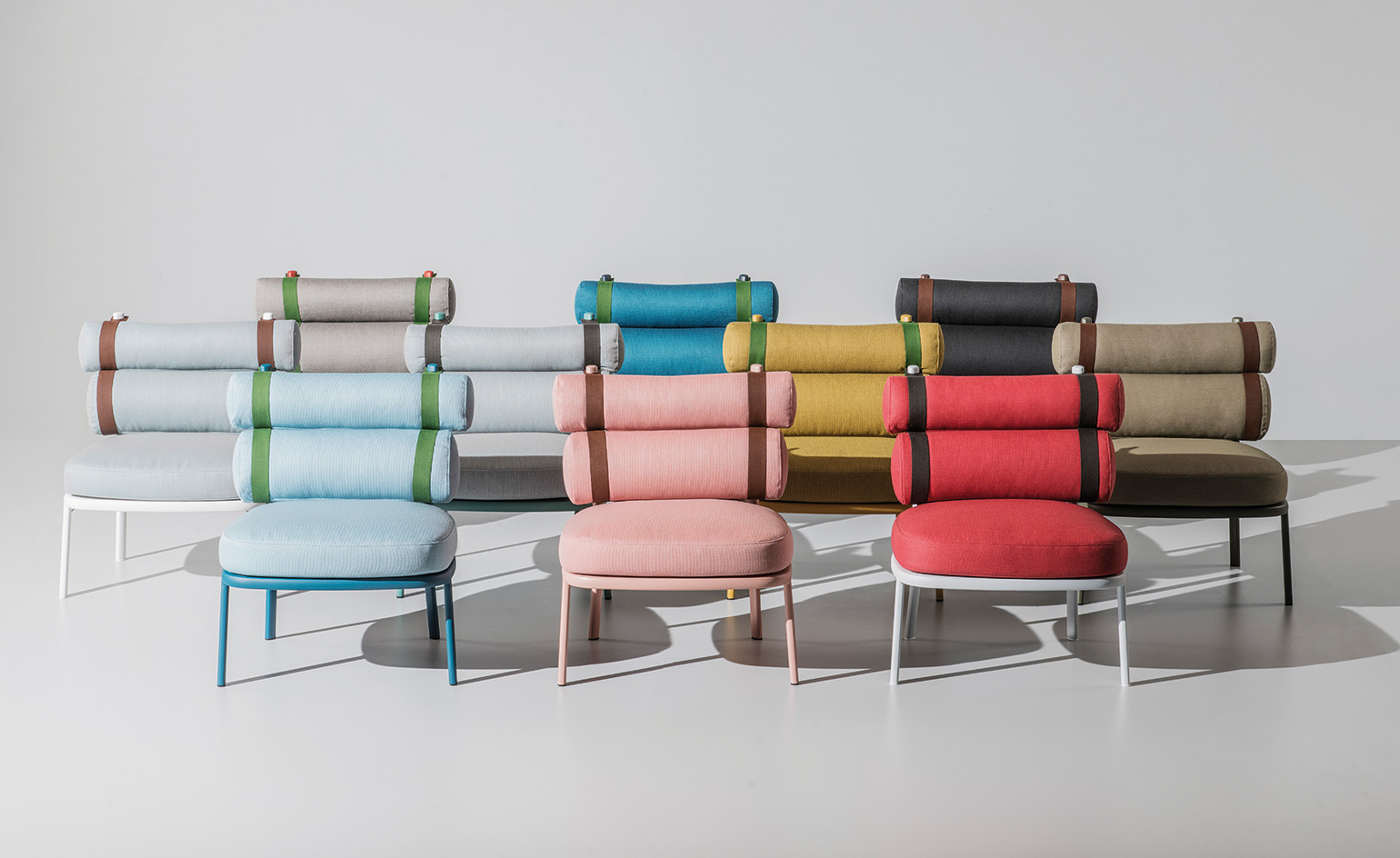
Patricia Urquiola's 'Roll' chairs for Kettal at Downtown Design reflect the current desired aesthetic in the region. Kettal is represented by Dubai firm Obegi, bringing sleek European elegance to the Middle East
City-wide organic development is more evident this second year, with activities springing up all over town. This includes gallery action in Alserkal Avenue – a vast warehouse district in Al Quoz housing world class art and design – and at Ras Al Khor, an industrial area brought to life for Design Week as DRAK (and this year with the theme of 'Celebrating Wood'). Khalid Shafar and Nadine Kansko – both on show at DRAK – are examples of the vanguard of Middle Eastern design, quantifying the thought processes and materiality the region has to offer.
It is, however, within the dedicated d3 arena where the design week hub reigns and there are big plans afoot: the core 11 buildings within d3 will be augmented by a further 1 million sq ft creative community and a Norman Foster-designed DIDI (Dubai Institute of Design and Innovation) due to open to students in late 2018. Dubai Design Week is clearly a banner bearer for the broader initiative – fashion is also a huge part of the agenda – and the fair curators, Rue Kothari (of Downtown Design), Cyril Zammit and Rawan Kashkoush (of Abwab, which means 'gateway' in Arabic), have had to deliver.
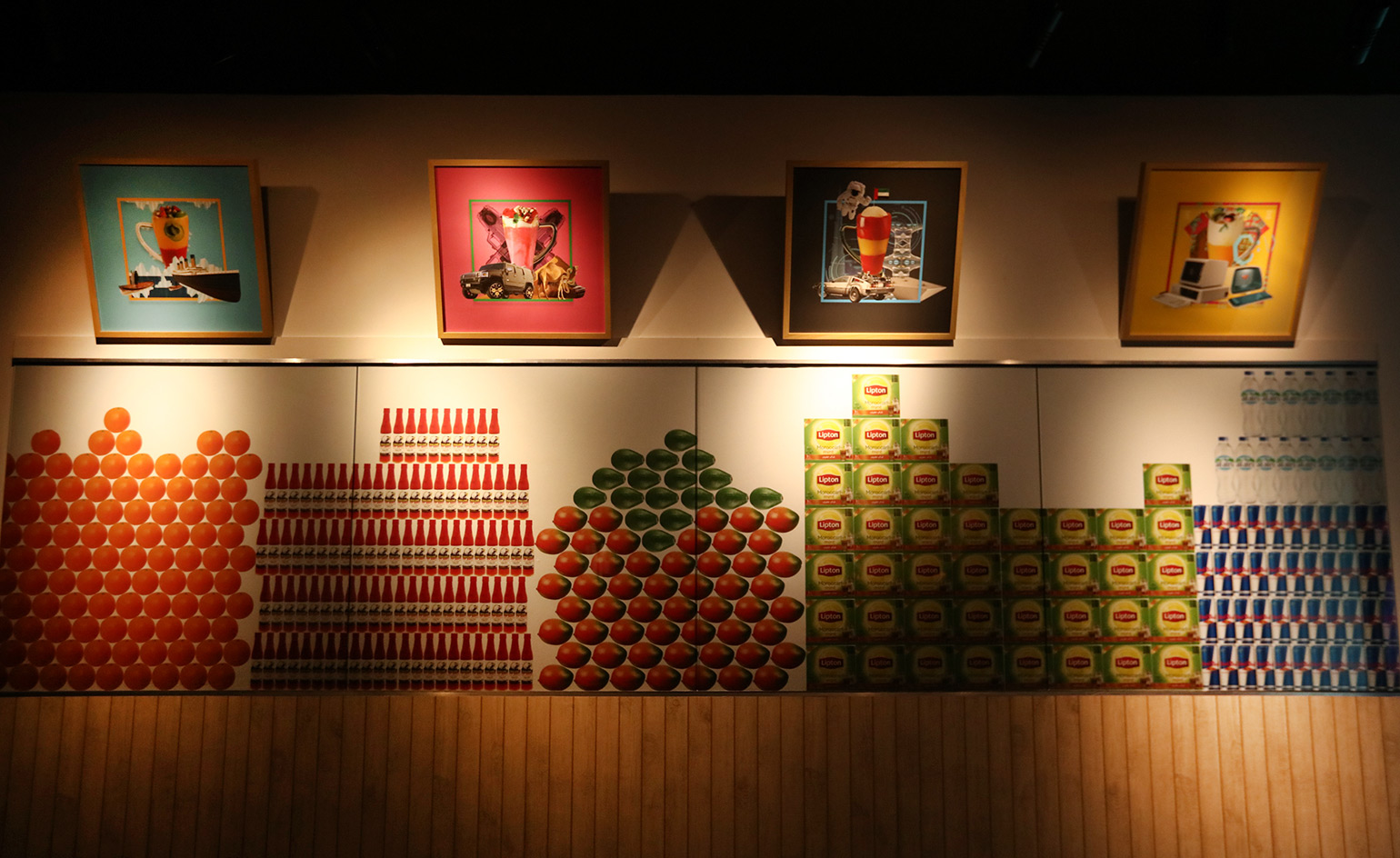
The Future Cafeteria's inception came from the word 'cafeteria' itself, the 19th century Spanish origin of which literally means 'coffee shop', tied into themes of economising time and cost
Clearly the numbers are adding up and the sophistication and substance of the second edition of this ambitious Design Week is truly international, but the greatest interest lies with more local talent and philosophies. Following last year’s 'Brilliant Beirut' exhibition, this year 'Cairo Now! City Incomplete' explored the only contemporary work to have left the Egyptian capital since the revolution five years ago.
Abwab, curated by Kashkoush and positioned in six temporary national pavilions designed by architects A Hypothetical Office, this year explored the notion of human senses. Moving and remarkable, commissioned entries from Iraq, Bahrain, Palestine, Algeria, India and the UAE indicate a new world order for contemporary design – and one Wallpaper* was prescient to recognise in its championing of the MENASA region in recent years.
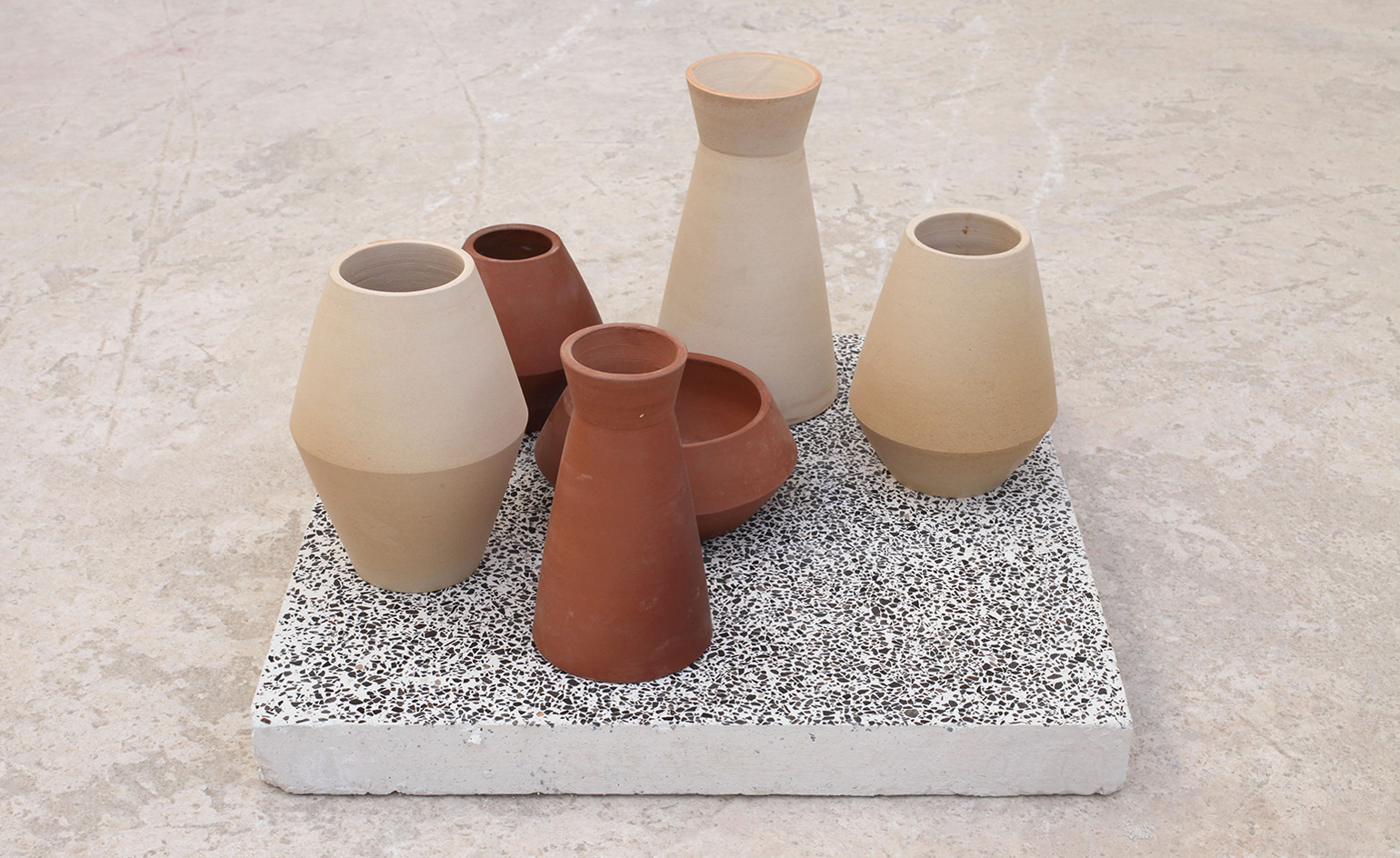
The Abwab Bahrain pavilion's 'Unearthing' installation explored the country’s ancient pottery culture using contemporary methods, including an iPad, for the design sent to the Delman potteries in A’Ali
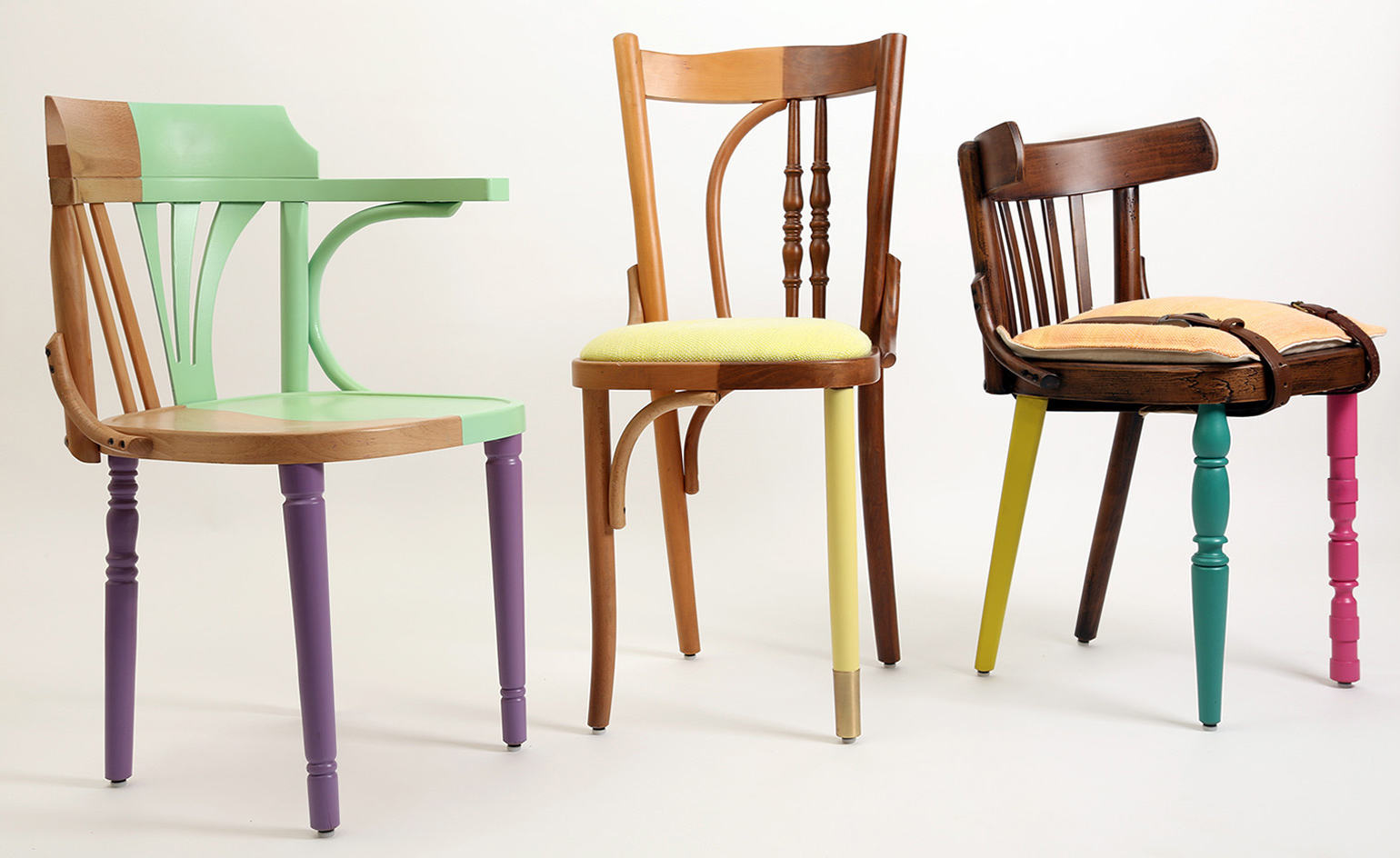
'Ahwa' chairs by Mariam Hazem of Reform Studio, on view as part of 'Cairo Now! City Incomplete'

Apical Reform's 'The Betula Chair', at Downtown Design
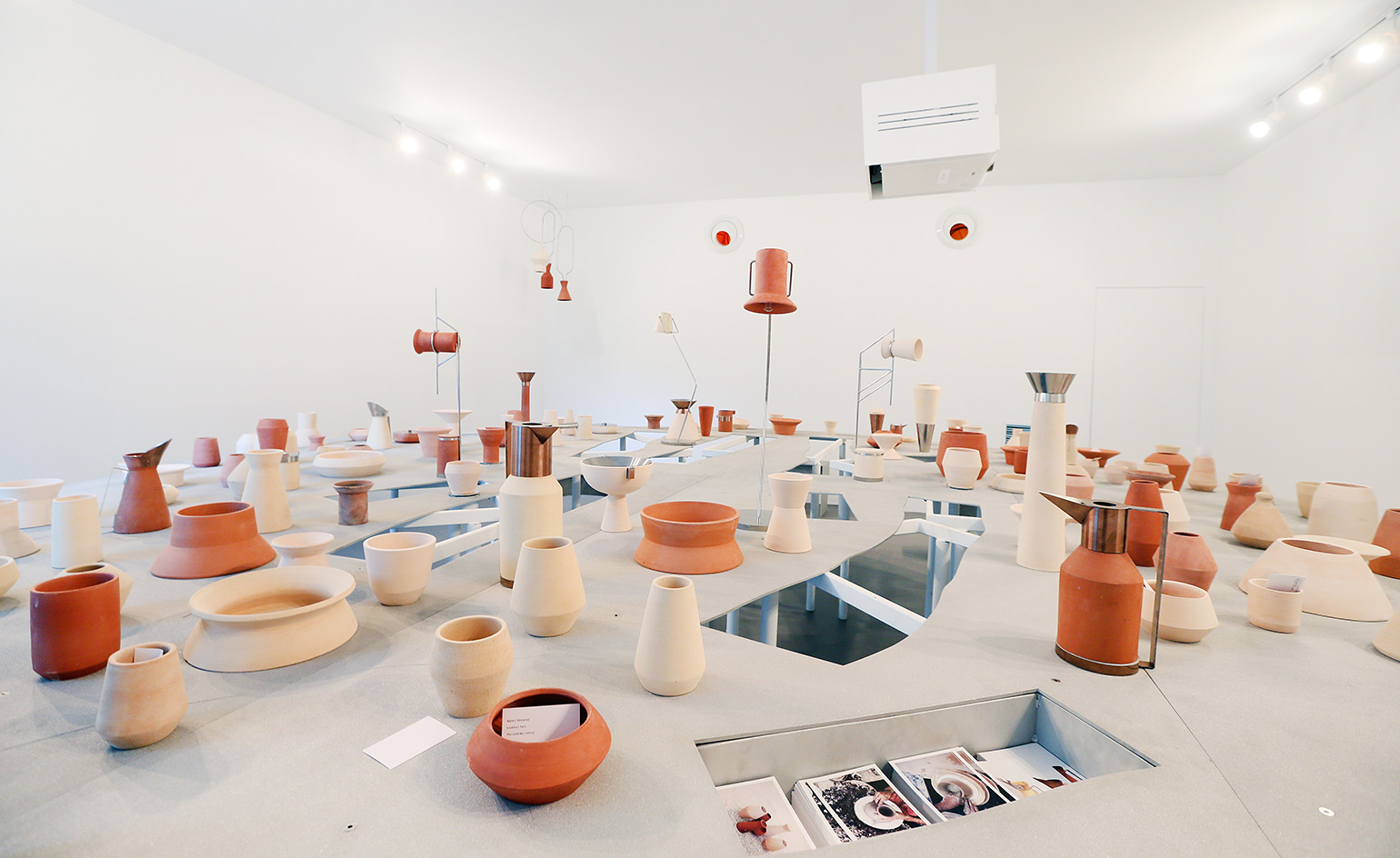
The 'Unearthing' landscape within the Abwab Bahrain pavilion, wherein the objective was to create an accessible interface through pottery that utilises a growing interactive method for design (whereas Bahraini craftsmen would traditionally become masters of one shape, producing numerous replicas of the same pot)

At Design Ras Al Khor (DRAK) – an initiative founded by Khalid Shafar, Khulood Thani, Nadine Kanso and Tarik Zaharna, and housed within an industrial former factory outside of Dubai’s centre – local designers were commissioned to create in wood. Two Europeans were also invited, one of whom, Frenchman Pierre Charrié, created the Surfaces Sonores sound installation
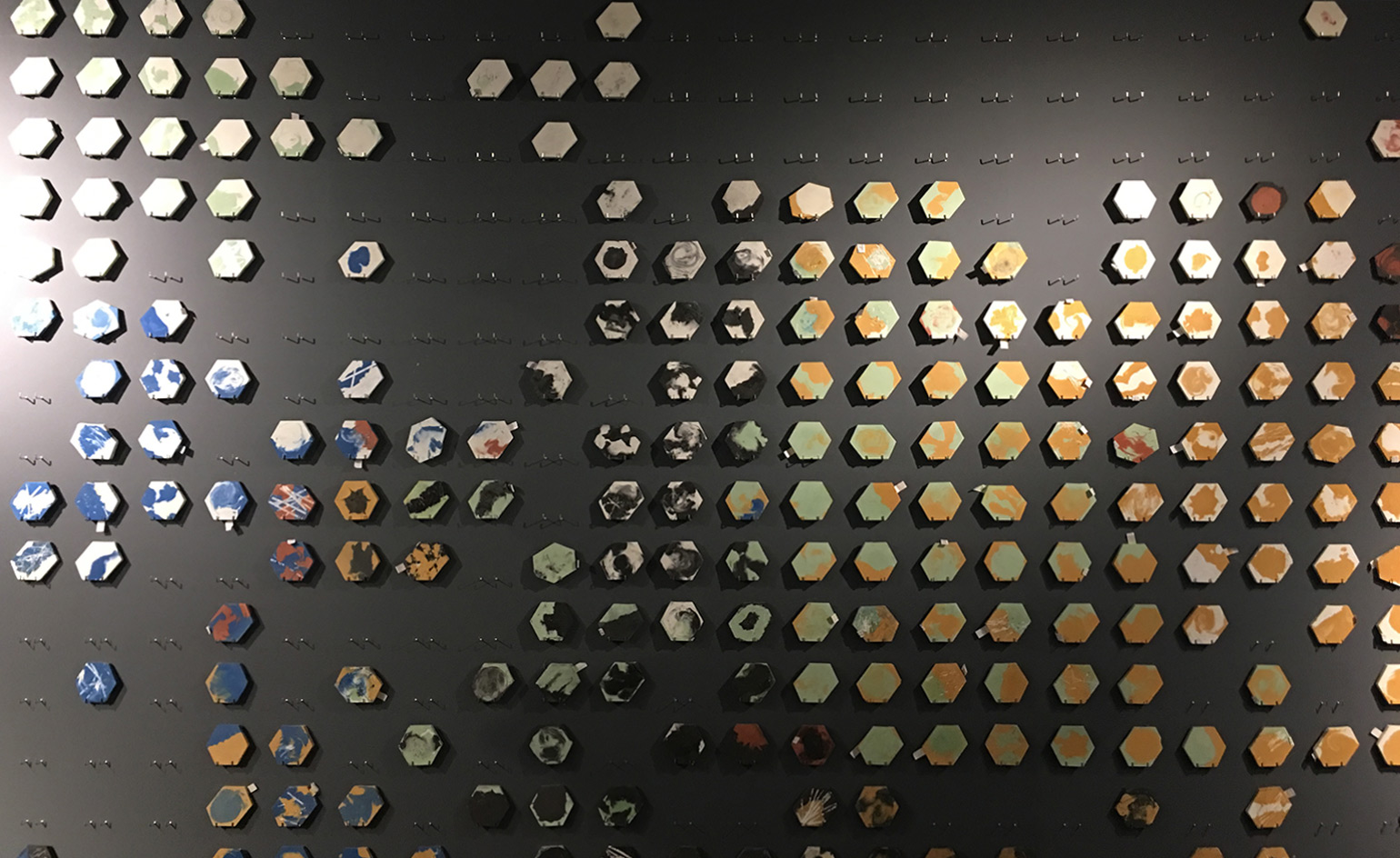
India’s 'Emotional Pavilion' for Abwab saw colours mixed according to memory-derived feelings and a wall created using the resulting tiles

For the Iconic City initiative at Dubai Design Week, 'Cairo Now! City Incomplete' included colourful graphic and typeface design and upcycled or recycled new products and pieces by AIN Bicycles
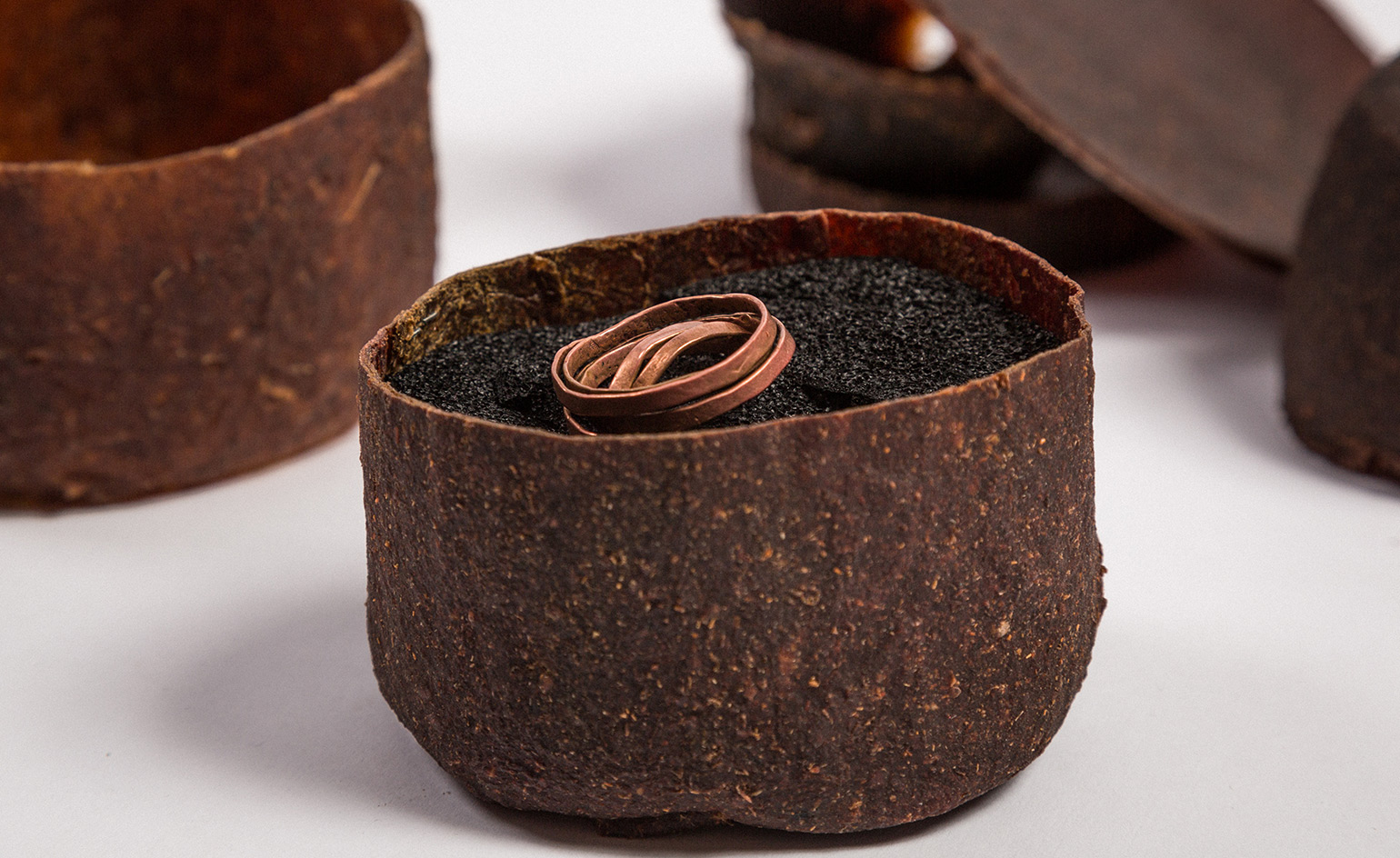
'Fruit Leather', by Muriel Kai, is crafted from an innovative material made from a mix of wasted fruits and vegetables. This purely organic material is flexible, and has a smooth finish
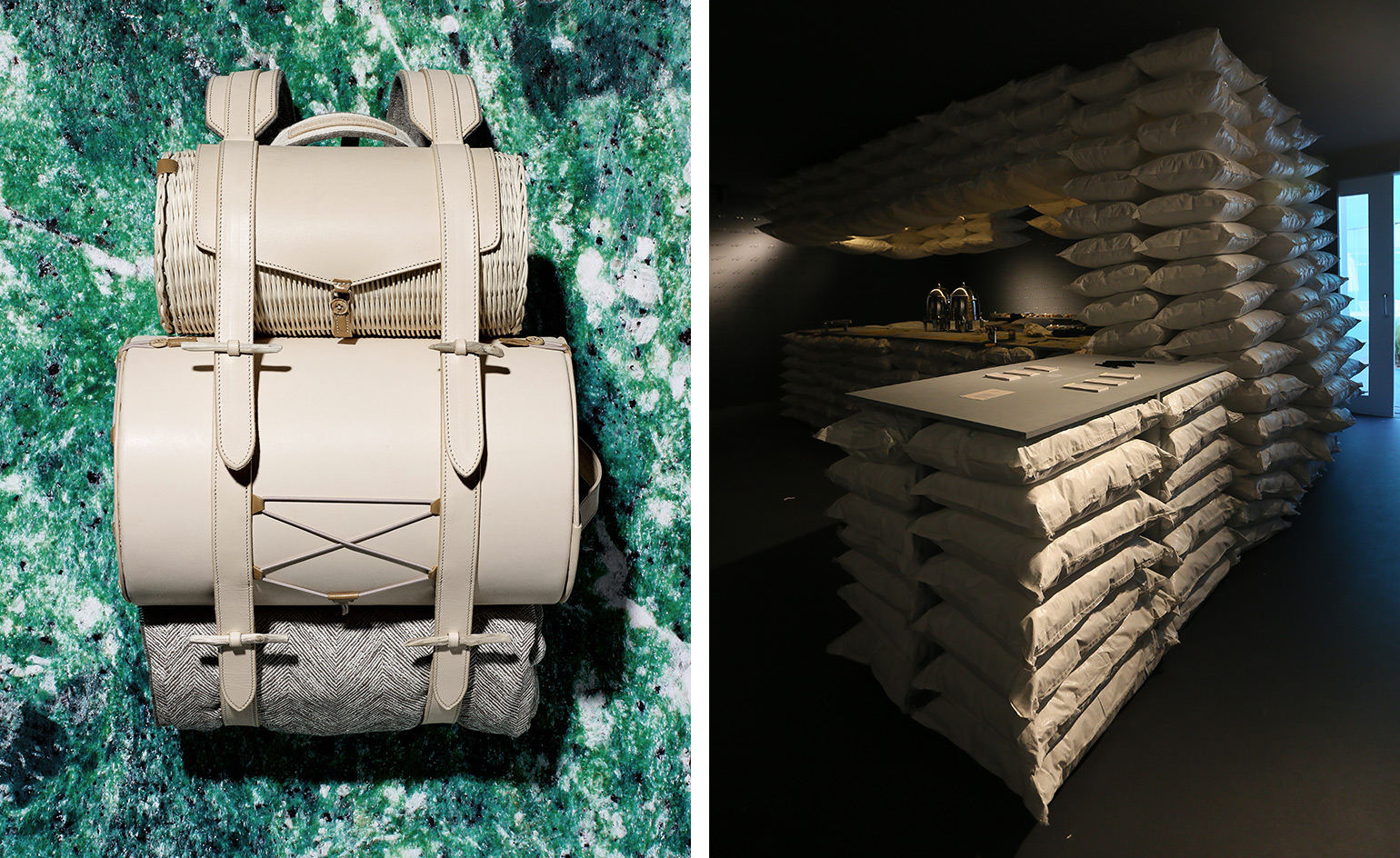
The interior architecture of the Indian Abwab pavilion was created from cement bags, a further nod to the emotional journey of memory exploration. The bags represent the migrant workers who, despite being from elsewhere, have memories embedded in Dubai through the buildings they create
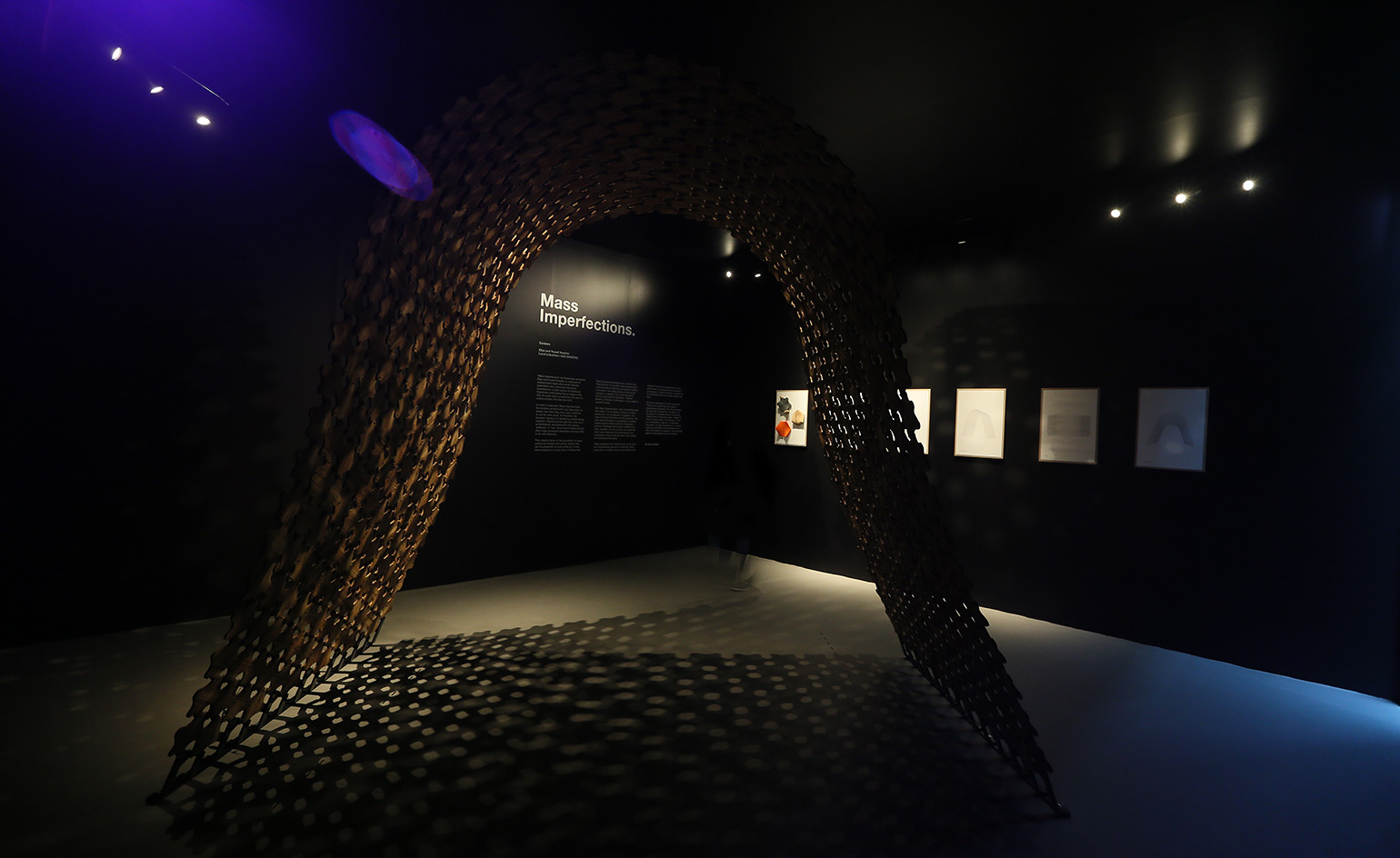
Mass Imperfections created the Palestinian Abwab pavilion, which hosted work by Elias Anastas and Yousef Anastas
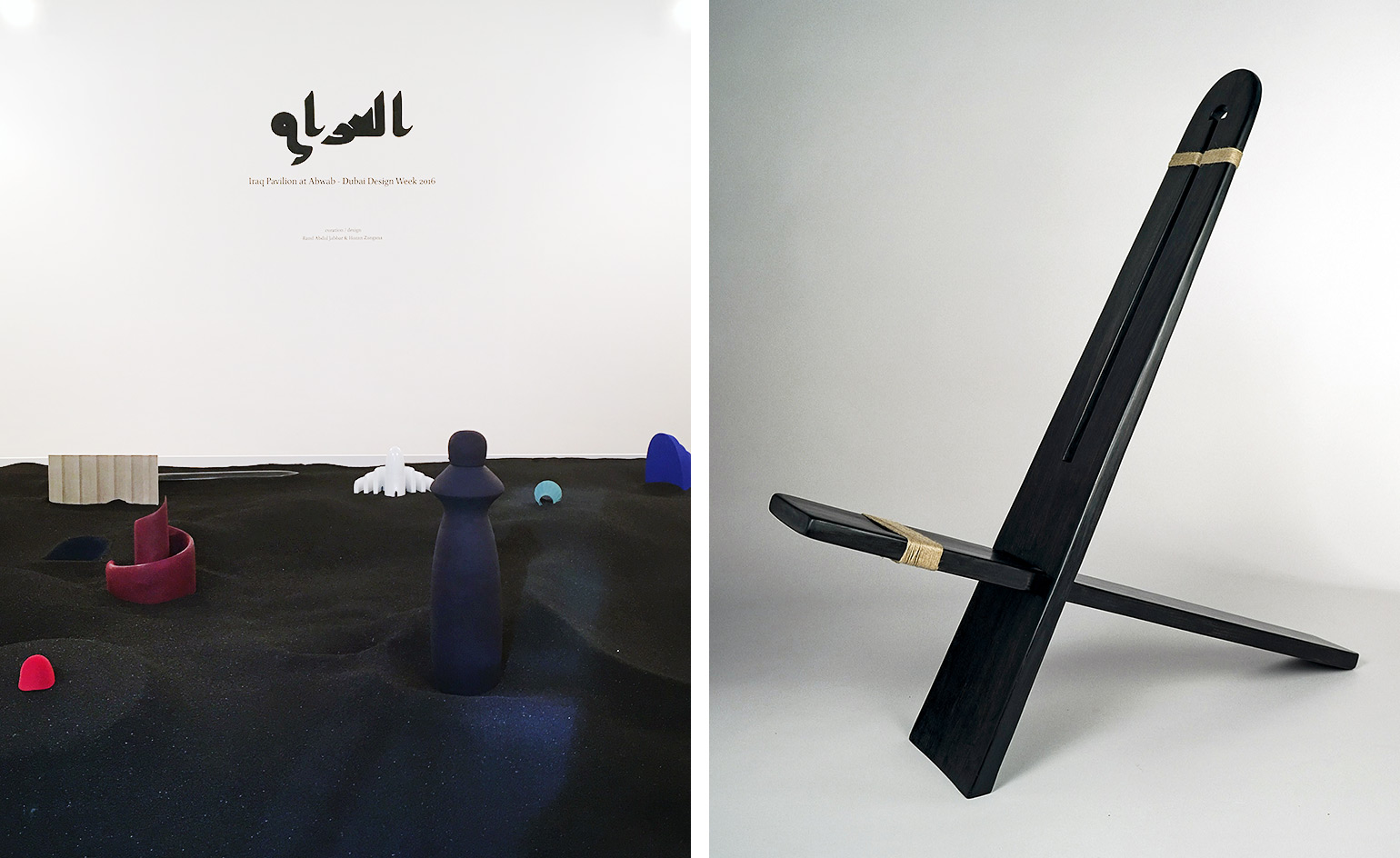
Left: Iraq's Abwab pavilion. Right: Jomo's African-inspired furniture was represented by Addis Ababa Design Week, guests at Downtown Design. The 'Birth' chair in ebonised cherry is designed by Adiskidan 'Adis' Ambaye
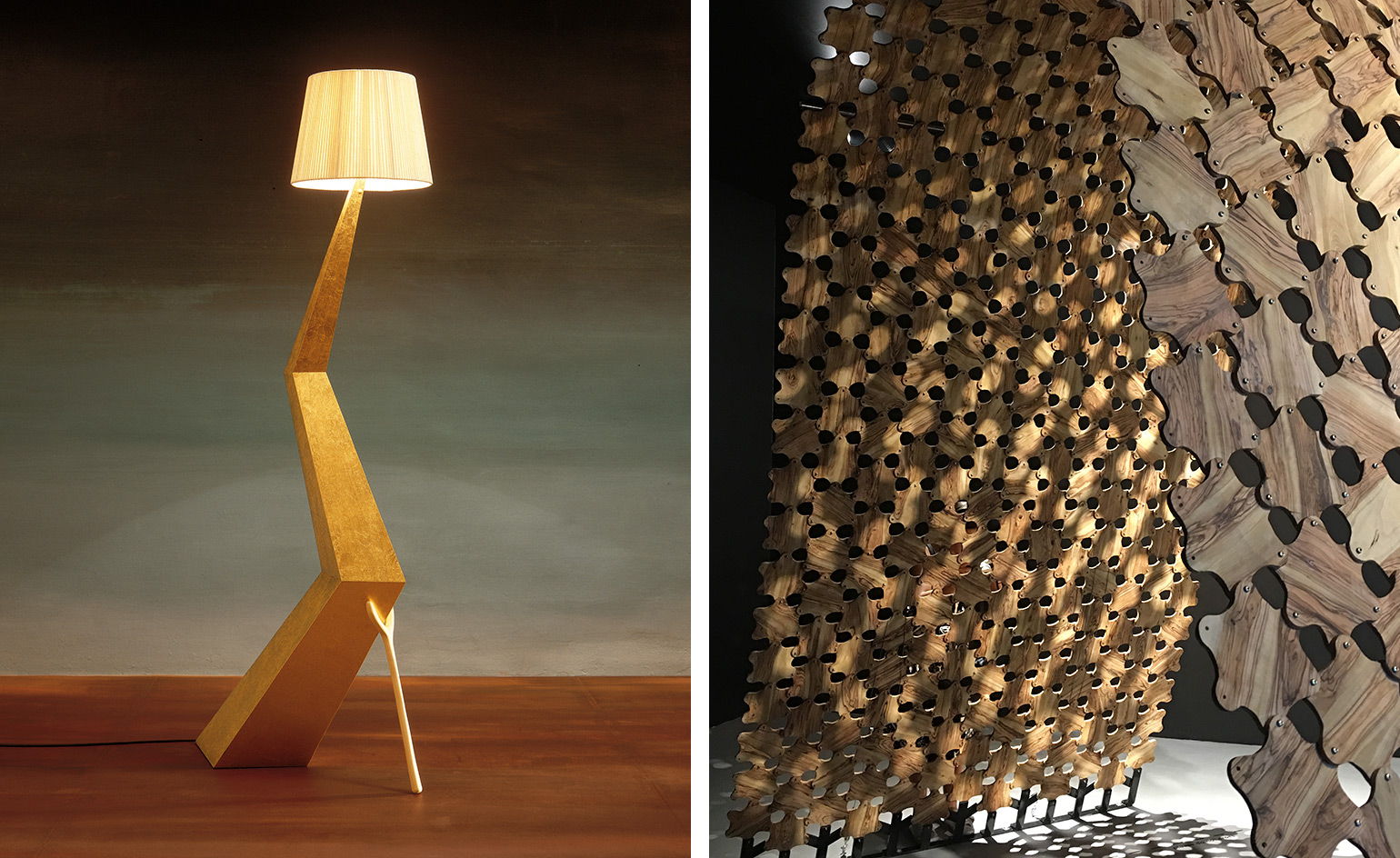
Left: Salvador Dalí's 'Bracelli Lamp', on view at Alkersal Avenue's The Odd Piece. Right: Mass Imperfections' work sees a curved arch of olive wood representing a contemporary vision of the holy land
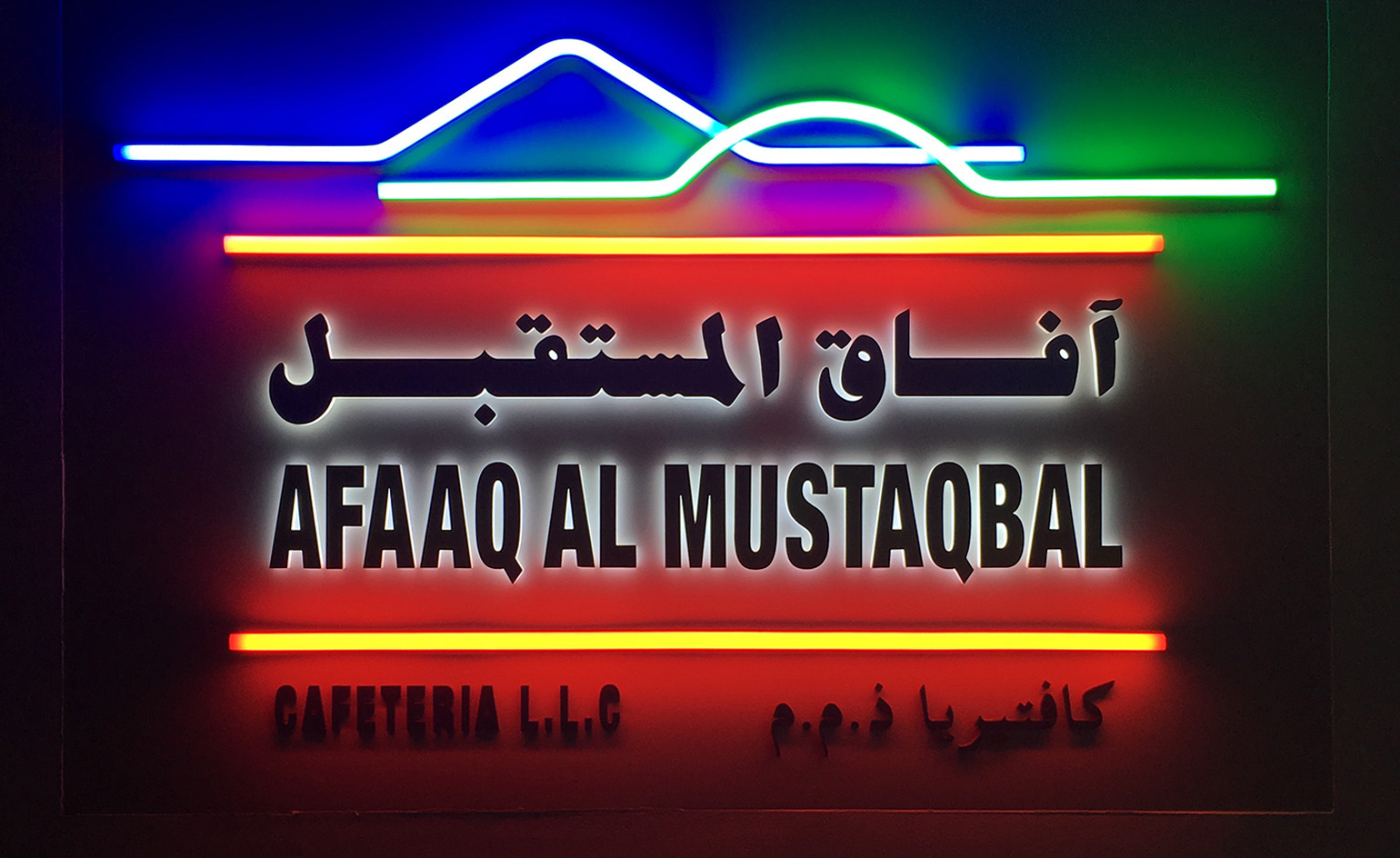
The Future Cafeteria, curated by the Al Qassimis, contained work by Salem Al Mansoori, Tarik Zaharna and Ric Hernandez
INFORMATION
Dubai Design Week ran from 24–29 October. For more information, visit the Dubai Design Week website
Receive our daily digest of inspiration, escapism and design stories from around the world direct to your inbox.
-
 Is the Calibri typeface 'woke'? We asked its designer
Is the Calibri typeface 'woke'? We asked its designer'It's more a compliment than something bad for me,’ says the Dutch type designer Lucas de Groot
-
 The Wallpaper* Design Awards are back in 2026 – see who's shortlisted
The Wallpaper* Design Awards are back in 2026 – see who's shortlistedOur annual design awards returns in January – here are the first shortlisted nominees
-
 RIBA House of the Year 2025 is a ‘rare mixture of sensitivity and boldness’
RIBA House of the Year 2025 is a ‘rare mixture of sensitivity and boldness’Topping the list of seven shortlisted homes, Izat Arundell’s Hebridean self-build – named Caochan na Creige – is announced as the RIBA House of the Year 2025
-
 Design Miami announces Dubai collectible design platform in collaboration with Alserkal
Design Miami announces Dubai collectible design platform in collaboration with AlserkalThe new platform will honour the region’s cultural heritage while highlighting its spirit of innovation
-
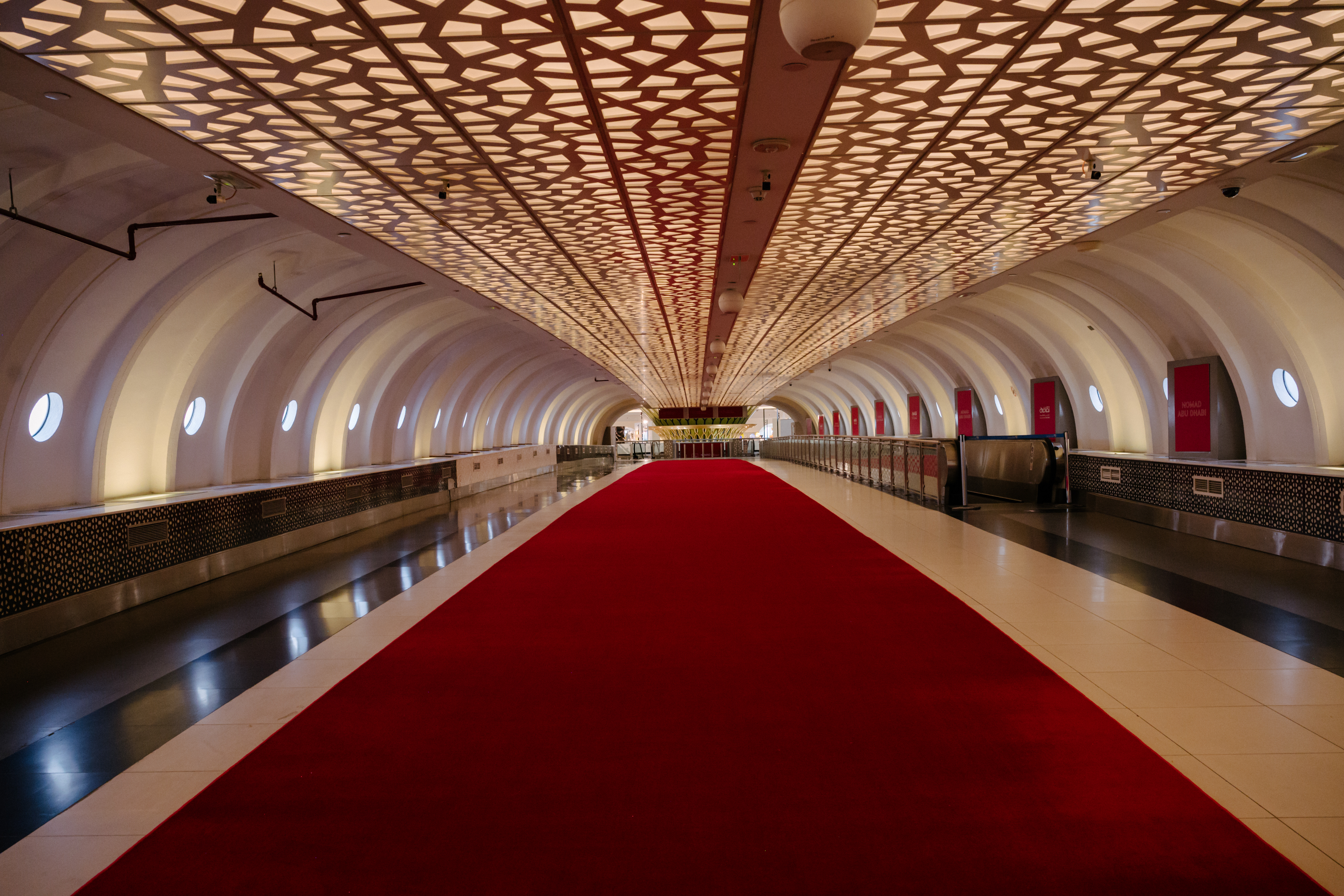 Itinerant design fair Nomad lands in Abu Dhabi's Zayed International Airport
Itinerant design fair Nomad lands in Abu Dhabi's Zayed International AirportNomad brings new life to an iconic Abu Dhabi building, marking a new point of arrival (or departure?) for collectible design in the region
-
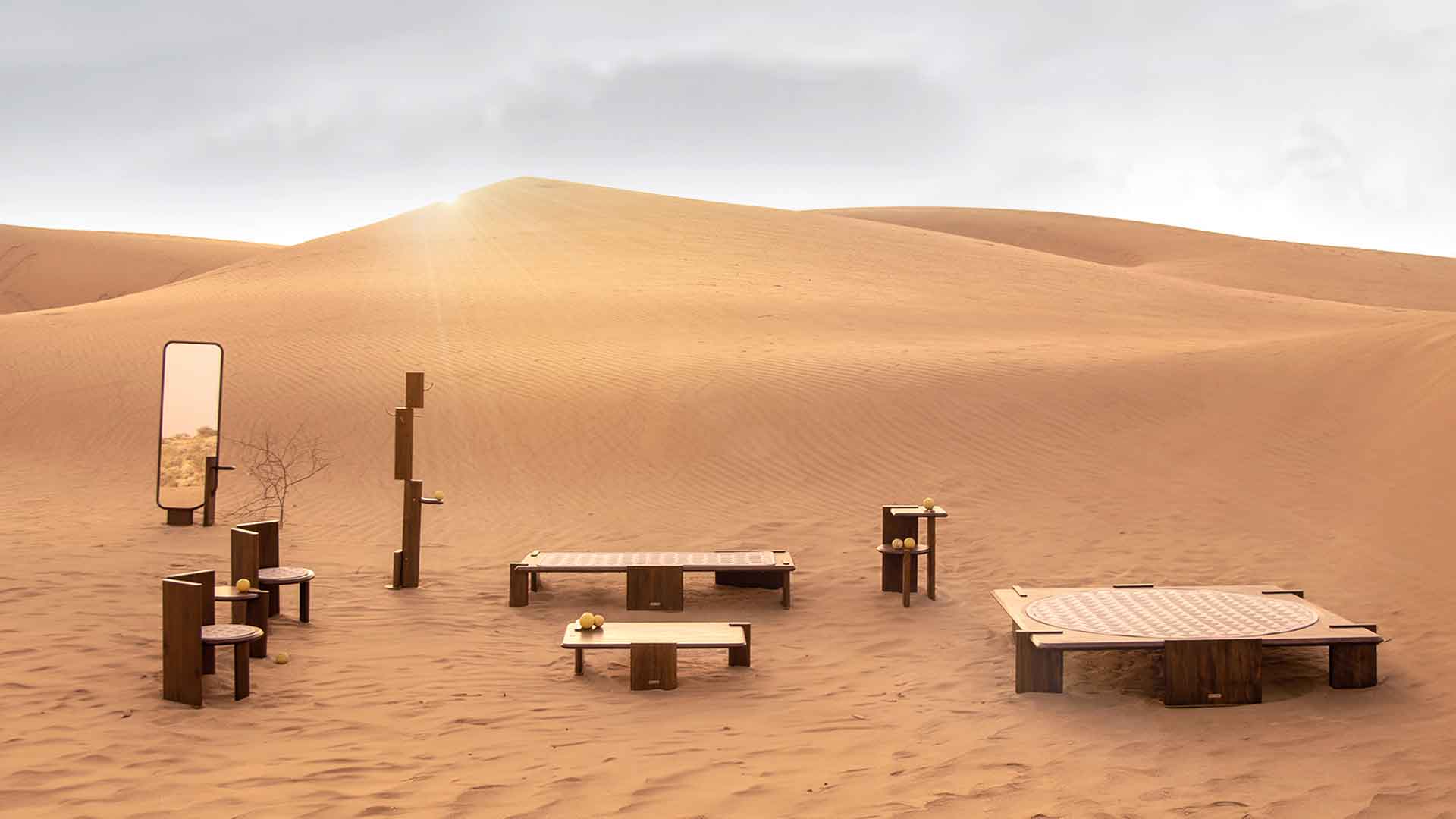 A postcard from Dubai Design Week 2025: creativity blooms against a desert backdrop
A postcard from Dubai Design Week 2025: creativity blooms against a desert backdropThe Emirates may still shimmer with spectacle, but beyond the surface a new generation of creatives is fusing research, heritage and innovation to build sustainable, future-facing practices
-
 Postcard from Dubai Design Week 2024: the highlights
Postcard from Dubai Design Week 2024: the highlightsDubai Design Week, the largest design fair in the Middle East, showcased more than 1,000 acclaimed and emerging designers, brands and creative leaders. Here are our highlights
-
 Downtown Design 2022 set to bolster Dubai’s booming design scene
Downtown Design 2022 set to bolster Dubai’s booming design sceneThe Middle East’s leading design fair, Downtown Design returns 9 – 12 November 2022, presenting opportunities for the world’s design industry in the UAE’s booming market In partnership with Downtown Design
-
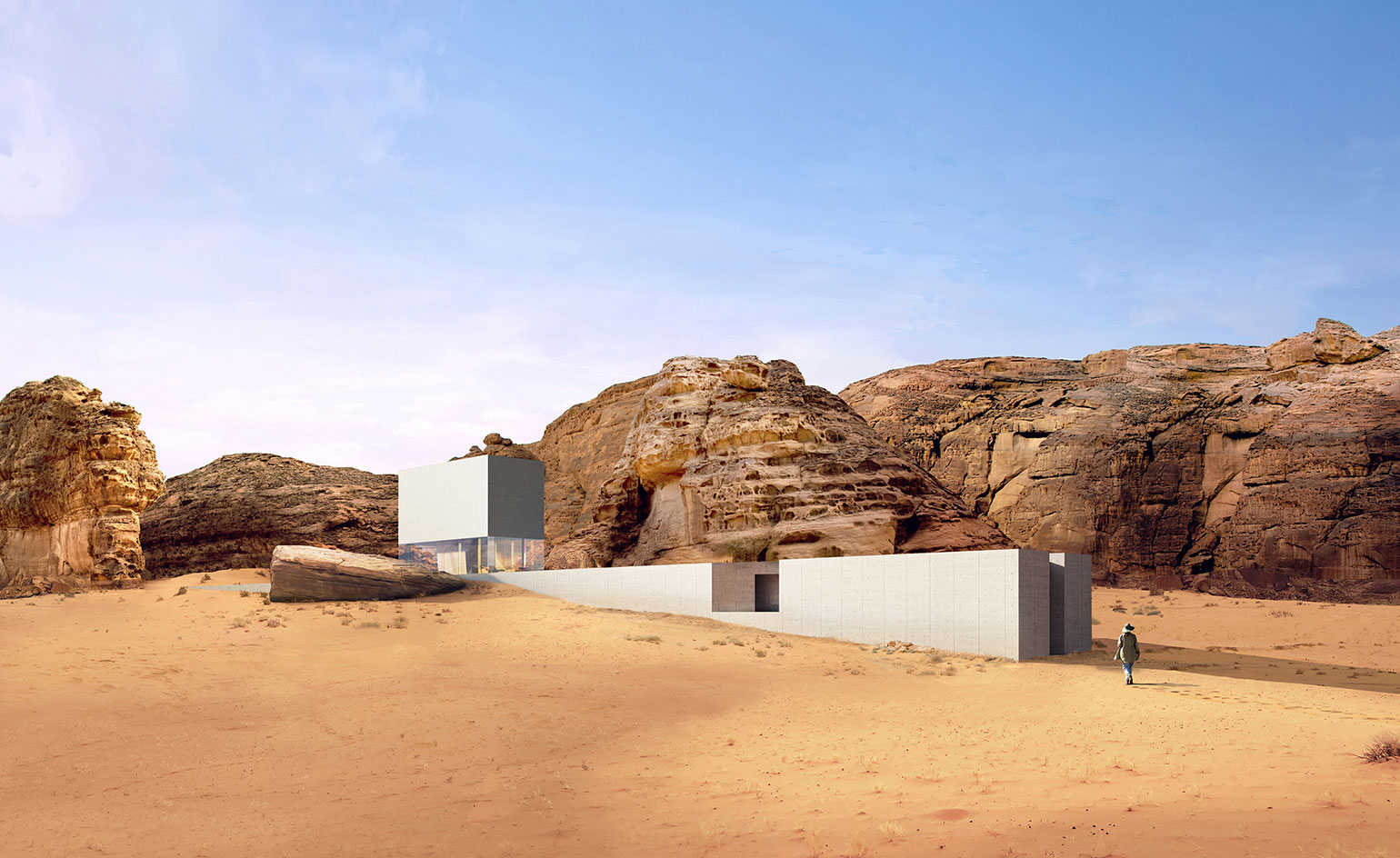 Dubai Design Week 2021 champions local creativity and visions of the future
Dubai Design Week 2021 champions local creativity and visions of the futureDubai Design Week 2021 highlights – here’s our pick of where to go and what to see (8 –13 November 2021)
-
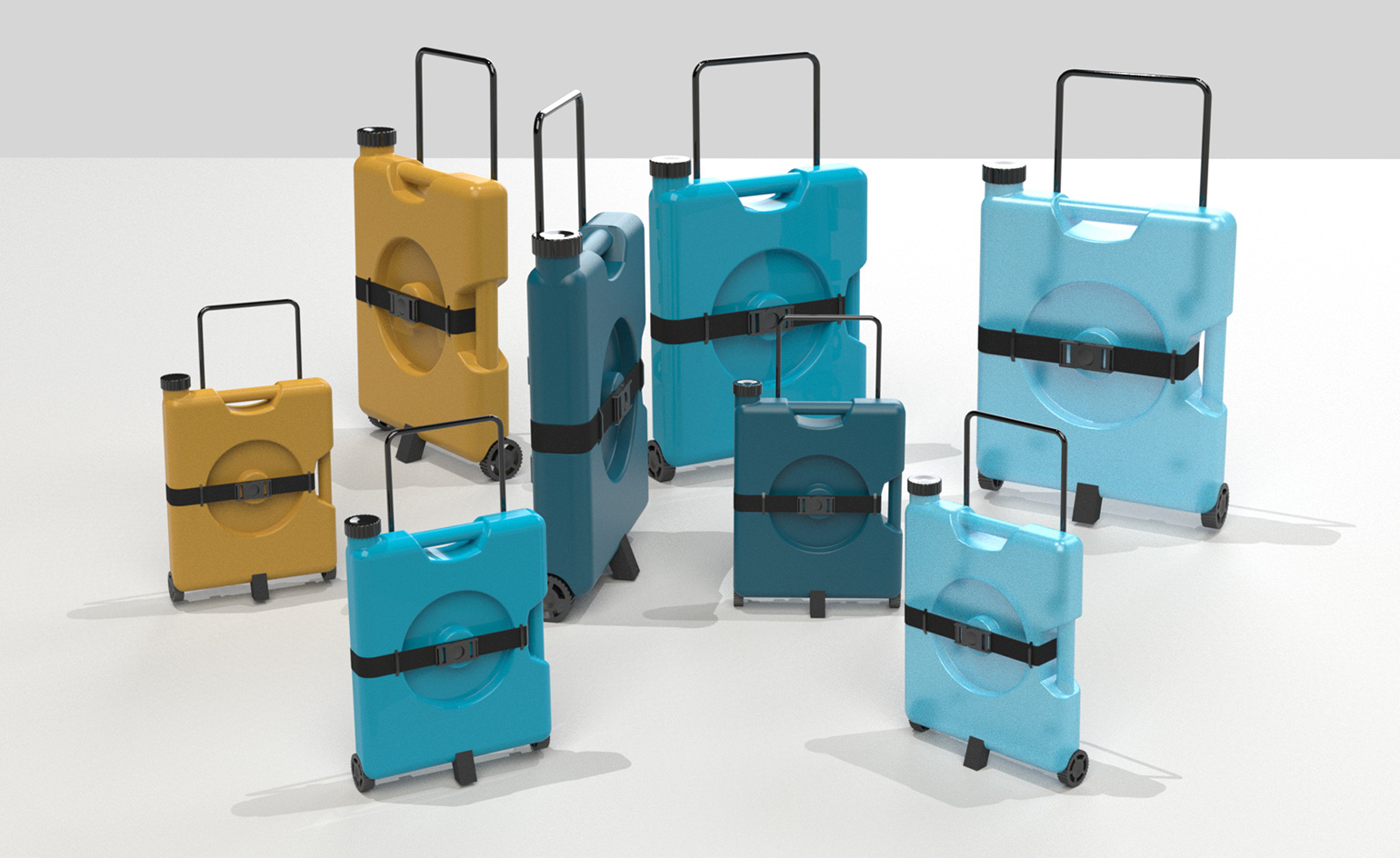 Global Grad Show 2020 takes innovation to the next level
Global Grad Show 2020 takes innovation to the next levelFrom a fall prevention device for elderly Parkinson's disease patients to a navigation system made of silk protein, this year’s works address our globe’s complex issues
-
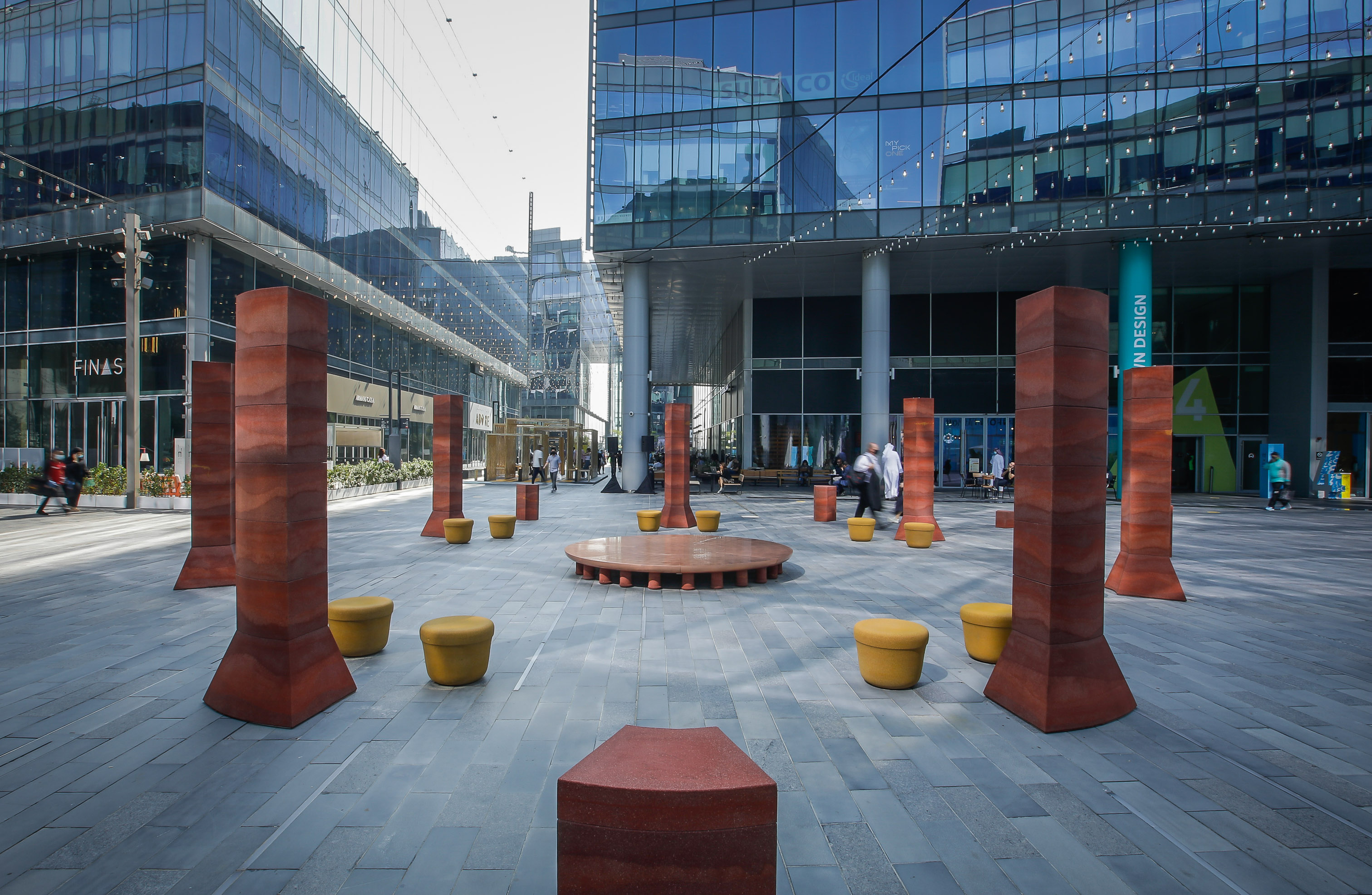 Hozan Zangana's socially-distant seating is inspired by mirages
Hozan Zangana's socially-distant seating is inspired by miragesIn Dubai, the Iraqi designer explores a design based on the Fata Morgana phenomenon, creating public seating that invites people to connect from a safe distance